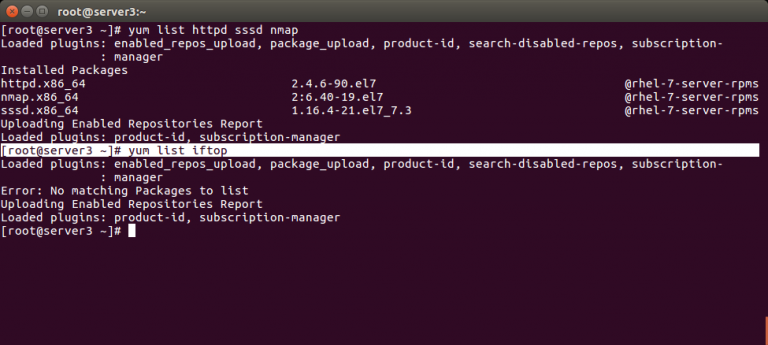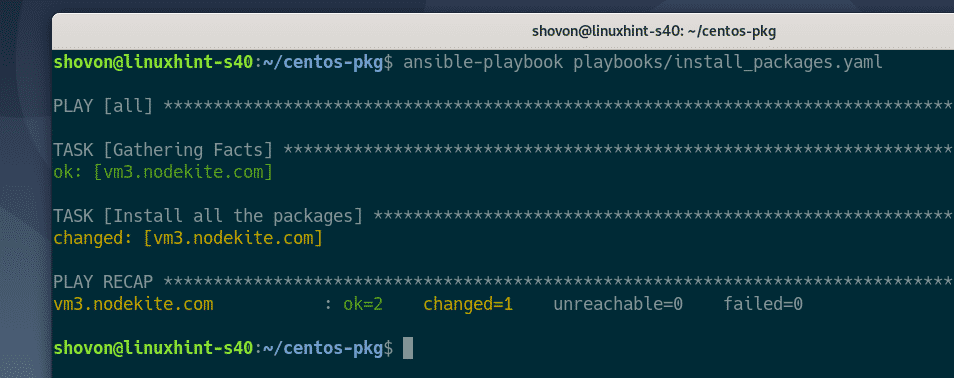

For example: yum list installed Installed Packages It will list all installed RPM packages on the server in case-sensitive alphabetical order. In order to list all installed packages on a VPS with CentOS 7 installed on it, you can use the ‘yum list installed’ command line command. This tutorial was written for CentOS 7, but the commands in this tutorial should work on any server with Redhat, CentOS, or Fedora installed on it.

Yum is the default package manager used in CentOS, used to interact with both individual RPM package files and many repositories. Tar -xvf /tmp/rpmdb.tgz # now your online system pretends to have the rpm database from the offline system.In this short tutorial, we will show you, how to list all installed packages with yum on CentOS 7. Scp /tmp/rpmdb.tgz your online system replace your rpm db with the one from the offline system: cp -r /var/lib/rpm # back up your rpmdb from your online system. offline: your system that is not connectedĬompress your rpm database from the offline system and transfer it to the online system: cd /var/lib/rpm/.online : your system that is connected to the repositories.

There is a way, but it is quite tricky and might mess up your servers, so be very careful.


 0 kommentar(er)
0 kommentar(er)
